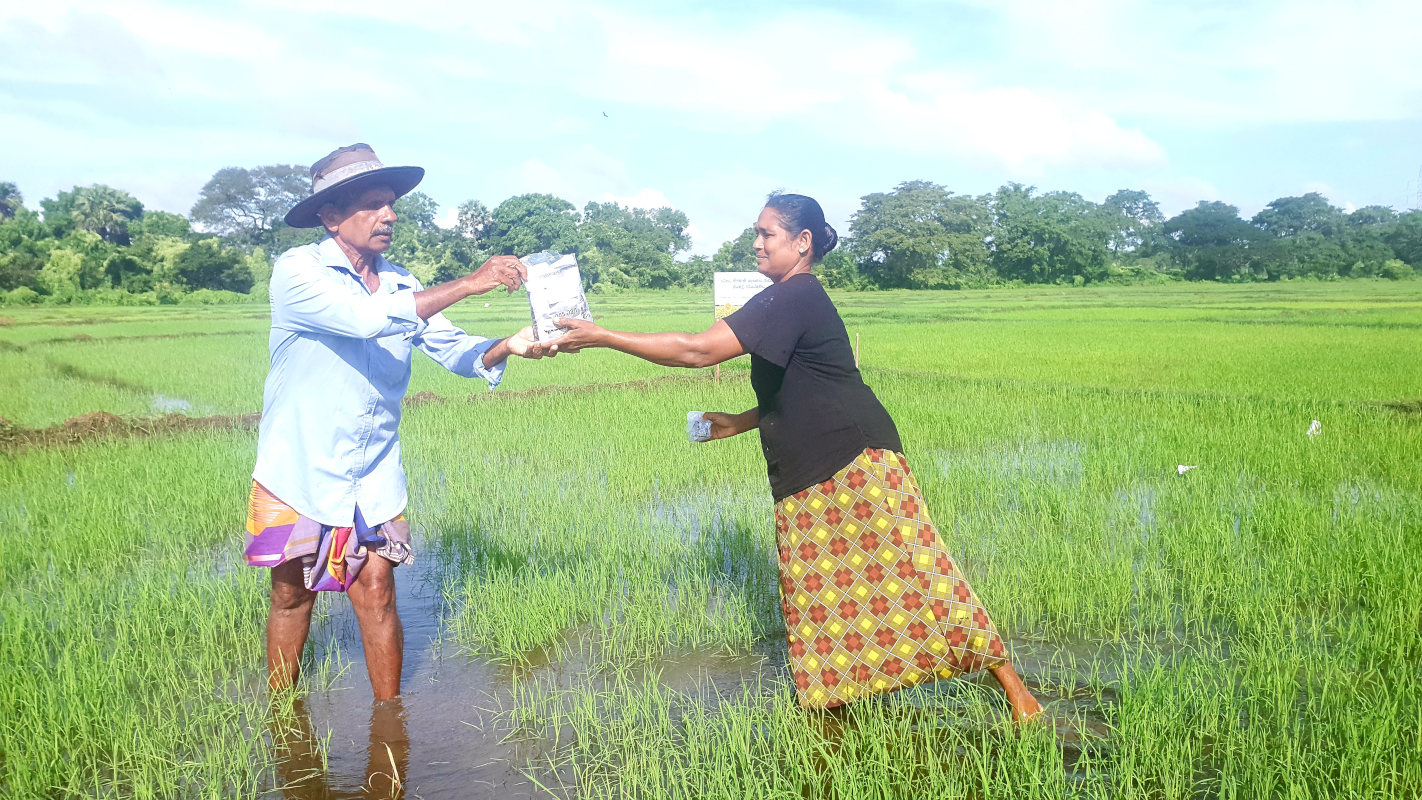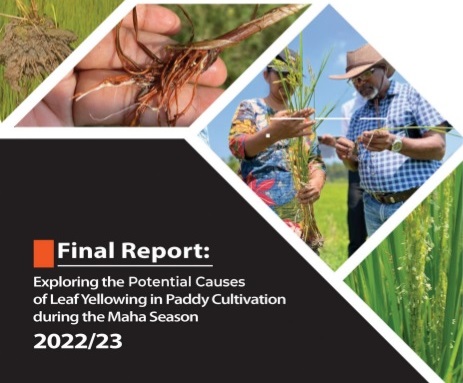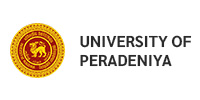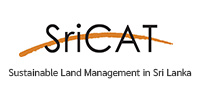
18-Oct-2022
Developing eco-friendly soil fertility management technologies for rice cultivation in Sri Lanka
Indiscriminate fertilizer usage and related environmental and health issues are hot topics in the agriculture sector today. Even with correct usage of chemical fertilizers, about 50 -80% of the applied fertilizers are lost to the environment polluting the environment. In order to minimize losses while protecting the food security and environmental health of the country, the Department of Soil Science, Faculty of Agriculture in collaboration with several other local and foreign institutions, i.e. Rice Research and Development Institute, Batalegoda, Wayamba University of Sri Lanka, The University of Winnipeg and International Plant Nutrition Institute is conducting a target oriented research project with the funding from National Research Council of Sri Lanka (NRC TO-16/07). This multi-disciplinary, multi-institution project target to reduce chemical fertilizer usage by at least 25% by intro
ducing novel eco-friendly soil fertility management technologies. The 13 member research team lead by Prof. R.S. Dharmakeerthi and Prof. W.S. Dandeniya have successfully developed (i) a site-specific nutrient management decision support system to identify the optimum N-P-K rates required for individual paddy fields in Sri Lanka (ii) developed two biofertilizers to solubilize unavailable soil P and to fix atmospheric N in paddy fields (iii) developed a novel and low cost slow-release urea fertilizer that has the capacity to reduce urea application (iv) developed a industrial scale down-draft pyrolizer which has the capacity of producing rice husk biochar continuously. Integration of these technologies into a single technology package proved that fertilizer usage in Dry Zone paddy cultivations could be reduced by at least 25%.
A research team lead by Prof. WAU Vitharana calibrated a site-specific nutrient management decision support system to identify the optimum N-P-K rates required for individual paddy fields in Sri Lanka and validated it. They have observed that with identified optimum rates the productivity of the rice fields could be increased by about 500 kg per hectare on the average. Dr WS Dandeniya and Dr W Balasooriya developed two biofertilizers to solubilize unavailable soil P and to fix atmospheric N in paddy fields. They observed that fertilizer N and P can be reduced by 25-50% depending on the site characteristics. Another team, lead by Prof. RS Dharmakeerthi developed a novel and low cost slow-release urea fertilizer that has the capacity to reduce urea application by 25% in paddy fields. For this slow-release fertilizer (Fig. 1) they used rice husk biochar to regulate the N release from urea granules. Recycling of agricultural wastes such as rice husk using biochar technology was another aspect considered in this project. Dr KA Karunarathna and his team developed a industrial scale down-draft pyrolizer which has the capacity of produci







